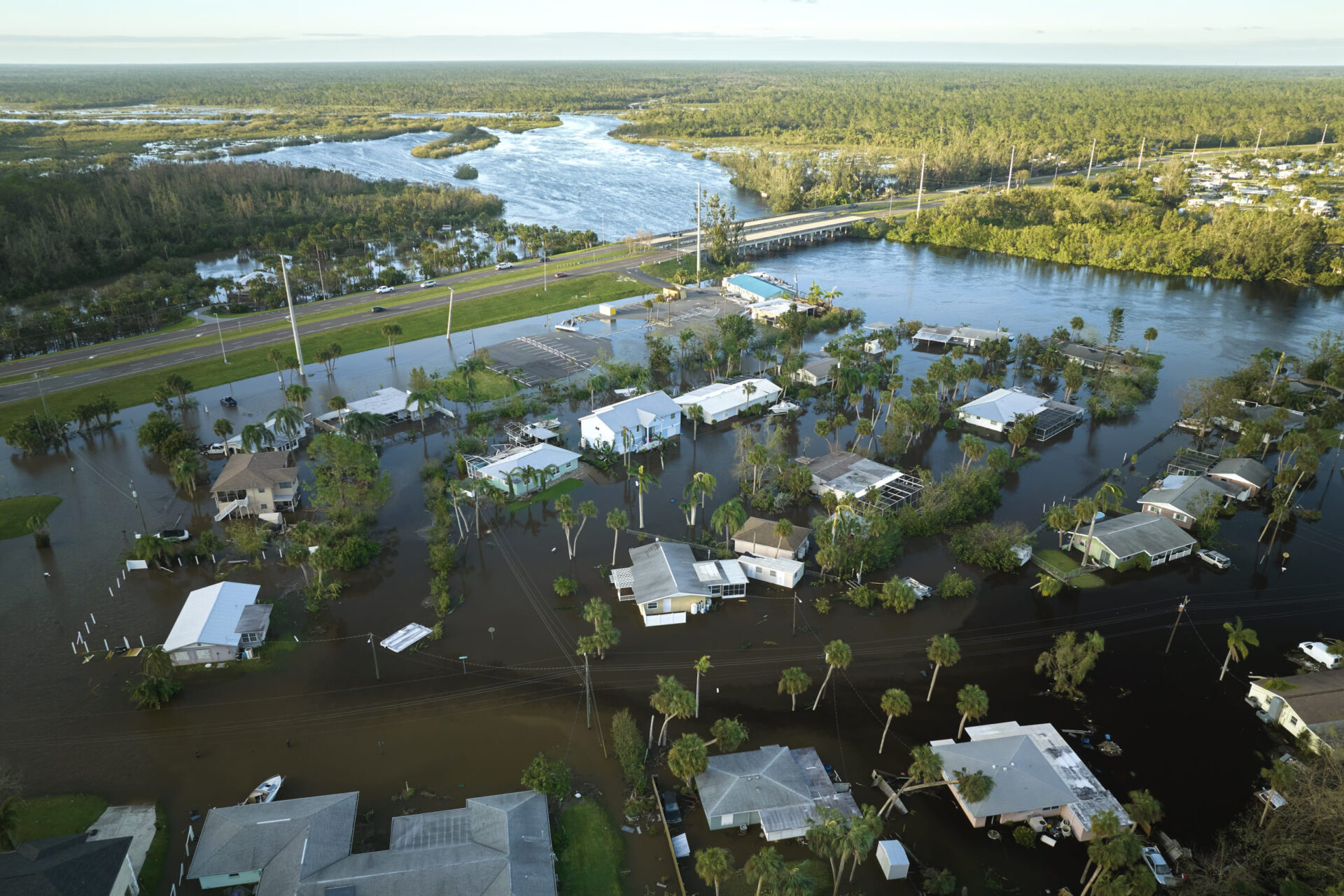As floods, fires, and devastation become commonplace in areas with high climate impact, more Americans than ever are factoring disasters into their homebuying decisions.
A majority of buyers in every region of the U.S. consider at least one climate risk when home shopping, according to a new report from Zillow.
Americans living in the West are the most likely to say climate fears are “very or extremely” impactful on their purchase decisions, with Northeastern buyers in second place. Southern and Midwestern shoppers are less concerned, though two-thirds report that disaster risk affects their searches at least somewhat.
Millennial and Gen Z buyers are the most likely to worry about global warming’s impact on their new homes. They also make up the majority of today’s house hunters.
“Climate risks impact where most prospective buyers shop for a home. While all generations juggle trade-offs like budget, floor plans, and commute times, younger home shoppers are more likely to face another consideration: They want to know if their home will be safe from rising waters, extreme temperatures, and wildfires,” Zillow senior population scientist Manny Garcia said.
Most say floods are their greatest fear, followed by wildfires, extreme temperatures, hurricanes, and droughts.
Still, only 23% of Zillow’s respondents plan to move away from high-risk areas.
The rest are looking into areas with the same or greater risks. Far more people moved into than out of the most flood-, heat-, and fire-prone counties in 2021 and 2022.
The main driver? High-impact areas tend to have lower costs of living.
“People have been gravitating to places with severe climate risk because many of these areas are relatively affordable, have lower property taxes, more housing options, or access to nature,” Redfin Economist Sebastian Sandoval-Olascoaga said of the trend.
“For a lot of people, these benefits seem to outweigh the dangers of climate change. But as natural disasters become more frequent, homeowners in these areas may end up losing property value or face considerable difficulty getting their properties insured against environmental disasters.”
Since 1980, the average U.S. temperature has increased from 51.6 to 53.7 degrees Fahrenheit.
As a result, homeowners are spending more money to cool their houses. Another issue is insurance, which is rising sharply in areas prone to floods and hurricanes.
Read More Articles:
